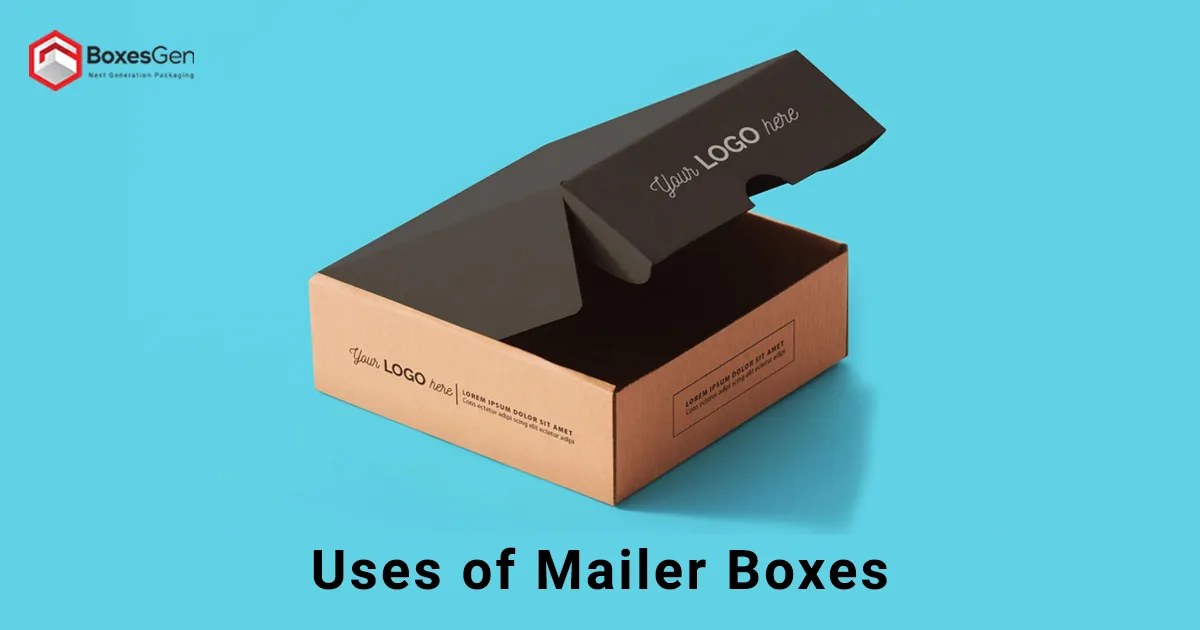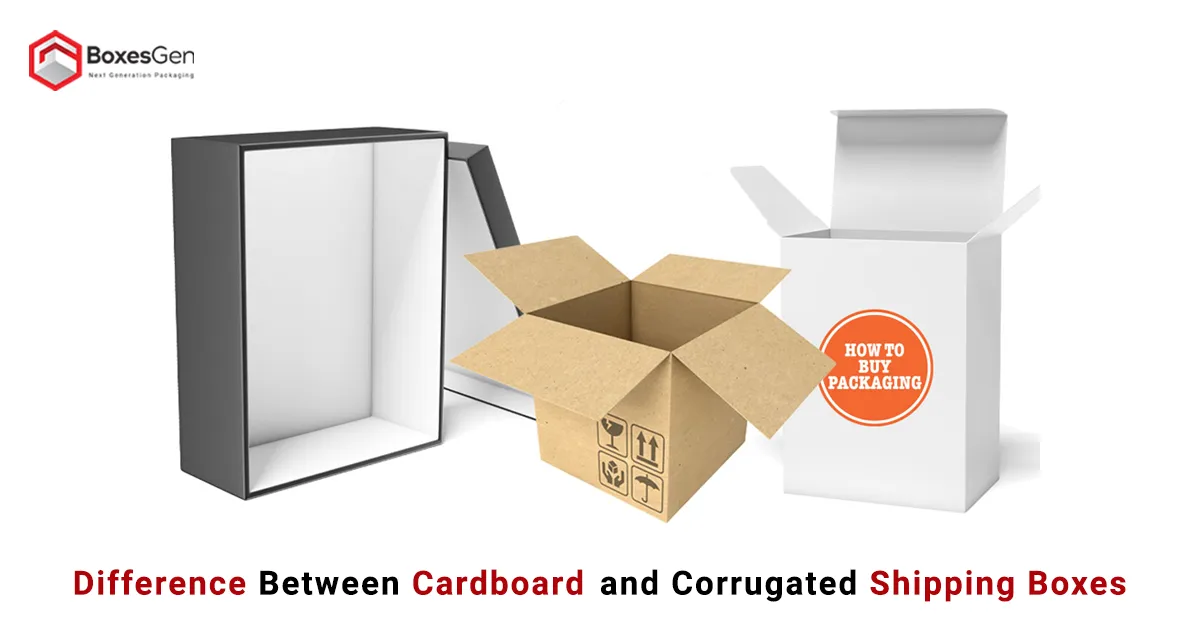Select Packaging Materials
When it comes to Packaging Materials, there are various options available, each with its own set of characteristics and benefits. From glass to bioplastics, selecting the right packaging material depends on factors such as the product being packaged, environmental concerns, and budget considerations. In this extensive article we will explore the Types Of Packaging Materials and their role in packaging.
Glass
Glass is a popular packaging material known for its durability, transparency, and ability to preserve the contents. It is commonly used for beverages, sauces, and cosmetics due to its inert nature, which prevents contamination. While glass packaging is recyclable, it can be heavy and prone to breakage, impacting transportation costs and safety.
Metal
Metal packaging, such as aluminum and steel, offers strength and versatility. Aluminum cans are lightweight, durable, and easily recyclable, making them suitable for beverages and food products. Steel cans are sturdy and tamper-resistant, often used for canned goods like soups and vegetables.
Paperboard
Paperboard, made from compressed layers of paper, is lightweight and versatile. It is commonly used for Cereal Boxes, cosmetics packaging, and pharmaceuticals. Paperboard is recyclable and biodegradable, making it an eco-friendly choice for sustainable Packaging Solutions. However, it may not offer the same level of protection as other materials.
Sustainable Packaging
With growing concerns about environmental impact, Sustainable Packaging options have gained popularity. Materials like bioplastics, made from renewable resources such as cornstarch or sugarcane, offer biodegradability and reduced carbon footprint compared to traditional plastics. Additionally, recycled materials and compostable packaging help minimize waste and conserve natural resources.
Wood
Wood packaging, such as crates and pallets, is valued for its natural aesthetics and durability. It is commonly used for shipping heavy or bulky items due to its strength and stability. While wood is renewable and biodegradable, its production can contribute to deforestation if not managed sustainably.
Aluminium
Aluminium packaging combines lightweight design with recyclability, making it an attractive option for various products, including beverages, pharmaceuticals, and cosmetics. Aluminium foil, trays, and tubes offer barrier protection against moisture, light, and oxygen, ensuring product freshness and integrity.
Food Contact Materials
Food contact materials, including plastics, metals, and paper, must meet stringent safety regulations to ensure consumer health and safety. Materials used in Food Packaging should be non-toxic, inert, and resistant to migration of harmful substances into the food. Compliance with regulatory standards such as FDA (Food and Drug Administration) ensures that packaging materials are suitable for food contact applications.
Textile
Textile packaging, such as cotton bags and canvas totes, offers versatility and eco-friendliness. These materials are commonly used for Retail Packaging, gift bags, and promotional items due to their durability and reusability. Textile packaging can be customized through printing and embellishments, increasing brand visibility and consumer appeal.
Bioplastic
Bioplastics, derived from renewable sources, offer an eco-friendly alternative to traditional plastics. These materials can be compostable or biodegradable, reducing reliance on fossil fuels and mitigating environmental impact. Bioplastic packaging is suitable for various applications, including food packaging, disposable cutlery, and shopping bags.
Raw Material
The quality and properties of packaging materials depend on the raw materials used in their production. Sourcing high-quality raw materials is essential to ensure the performance, safety, and sustainability of packaging solutions. Responsible sourcing practices, such as using certified sustainable materials and minimizing environmental impact, contribute to ethical and environmentally friendly packaging.
Jute
Jute, a natural fiber derived from the jute plant, offers biodegradability and sustainability. Jute packaging is commonly used for agricultural products, textiles, and promotional items due to its strength and eco-friendly properties. Jute bags and sacks are reusable and recyclable, making them an environmentally conscious choice for boxes packaging needs.
Composite Material
Composite materials, such as laminates and composites, offer a combination of properties to meet specific packaging requirements. These materials consist of multiple layers bonded together to provide strength, barrier protection, and customization options. Composite packaging is commonly used for flexible packaging, including pouches, sachets, and laminated films.
Adhesive
Adhesives play a crucial role in packaging by bonding materials together to create sturdy and secure packages. Whether it is sealing cartons, laminating layers, or labeling products, the right adhesive ensures stability, integrity, and aesthetics. Adhesive selection depends on factors such as substrate compatibility, application method, and environmental conditions to achieve optimal performance.
Conclusion
Selecting the right packaging material is essential for ensuring product protection, sustainability, and consumer satisfaction. By considering factors such as material properties, environmental impact, and regulatory compliance, businesses can make informed decisions to meet their packaging needs effectively. Whether it is glass for premium products, bioplastics for eco-conscious consumers, or composite materials for customized packaging solutions, the choice of packaging material plays a significant role in product presentation, safety, and brand reputation.
Frequently Asked Questions
What are the 4 four types of packaging materials?
The four types of packaging materials are glass, metal, paperboard, and plastic.
What is packing material?
Packing material refers to any material used to wrap, protect, or cushion items for storage or transportation.
What is packaging material and its classification?
Packaging material refers to substances used to enclose or protect products. It’s classified into primary, secondary, and tertiary packaging based on their roles in product protection and distribution.
What are the types of food packaging materials?
Food packaging materials include plastics, metals, glass, and paper-based materials like paperboard and corrugated cardboard.
What are the two main types of packaging?
The two main types of packaging are primary packaging, which directly holds the product, and secondary packaging, which provides additional protection and branding.
What is the best packaging material?
The best packaging material depends on factors like product type, transportation needs, and environmental concerns. Options like recyclable plastics, paperboard, and biodegradable materials are often considered environmentally friendly choices.
What are the three major of packaging?
The three major functions of packaging are containment (holding the product), protection (from physical, chemical, or biological damage), and communication (providing information and branding).
What are the 4 R’s of packaging?
The 4 R’s of packaging are Reduce, Reuse, Recycle, and Replace, emphasizing sustainability and waste reduction in packaging practices.
What is the most common type of packaging?
The most common type of packaging is plastic due to its versatility, lightweight nature, and cost-effectiveness.
What is the most popular type of packaging?
The most popular type of packaging varies by industry and product type but includes options like plastic bottles, cardboard boxes, and flexible pouches.
What are the primary packaging materials?
Primary packaging materials are those that come into direct contact with the product, such as plastic bottles, glass jars, or metal cans.
What are the six areas of packaging?
The six areas of packaging include containment, protection, communication, convenience, sustainability, and compliance with regulations.
What are methods of packaging?
Methods of packaging include manual packing, automated packing, vacuum sealing, shrink wrapping, and using packaging machinery like fillers and sealers.
What are the parts of packaging?
Packaging typically consists of components like containers, closures (lids, caps), labels, inserts (padding, dividers), and outer packaging (boxes, cartons).
What are the 4 most important functions of packaging?
The four most important functions of packaging are containment, protection, communication, and convenience.
What is packaging and its four uses?
Packaging refers to the process of enclosing or protecting products for distribution, storage, sale, and use. Its four main uses are containment, protection, communication, and convenience.
What is the lightest packing material?
Foam is one of the lightest packing materials commonly used for cushioning and protection in packaging.
What are 4 materials that modern food packaging is made from?
Modern food packaging is made from materials like plastic, aluminum foil, paperboard, and biodegradable/compostable materials.
What is an example of primary packaging?
An example of primary packaging is a yogurt cup, which directly holds the yogurt and comes into direct contact with the product.
What kind of paper is used for packaging?
Packaging paper includes various types such as Kraft paper, corrugated cardboard, and paperboard, depending on the specific packaging needs and product requirements.








